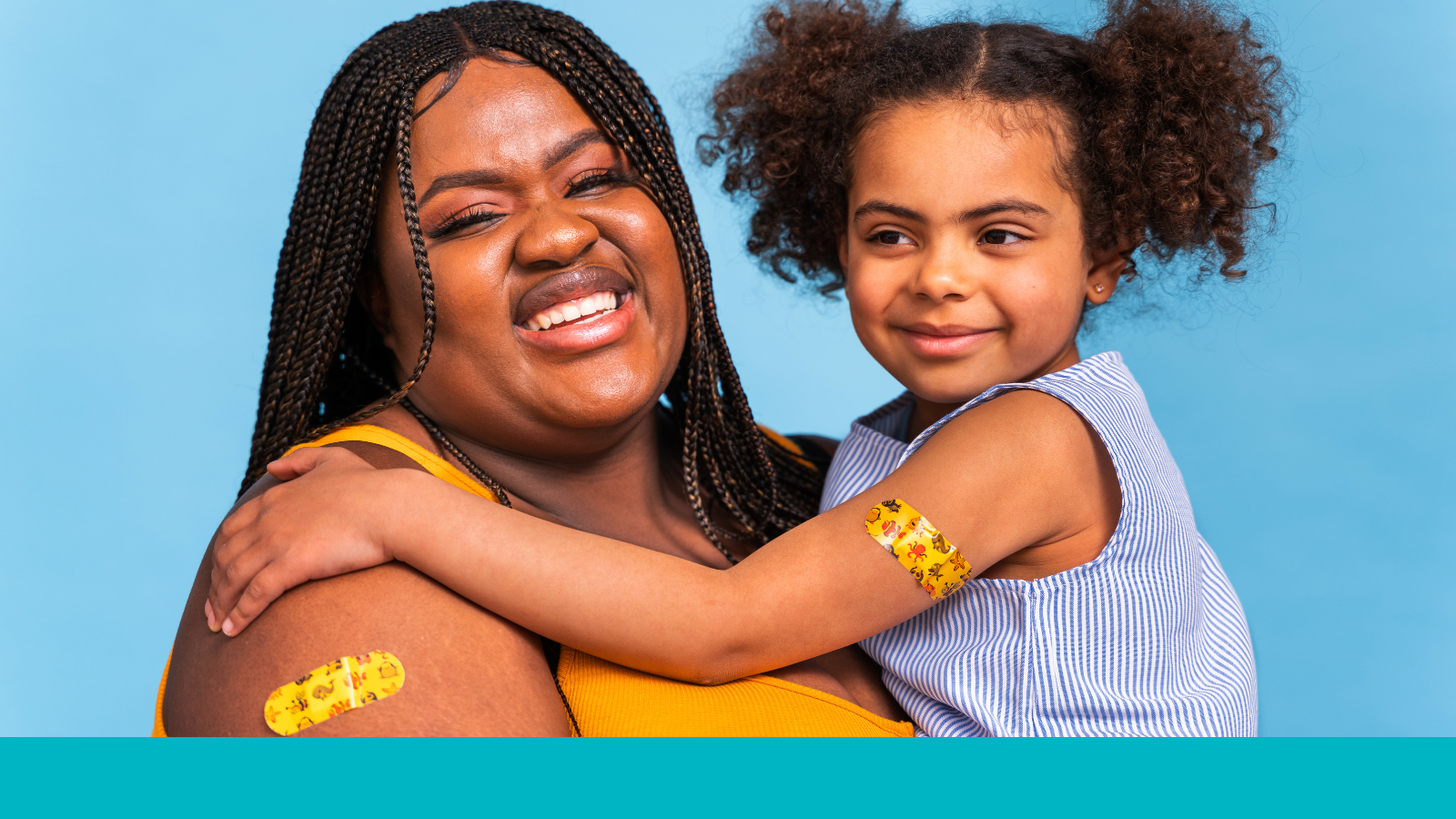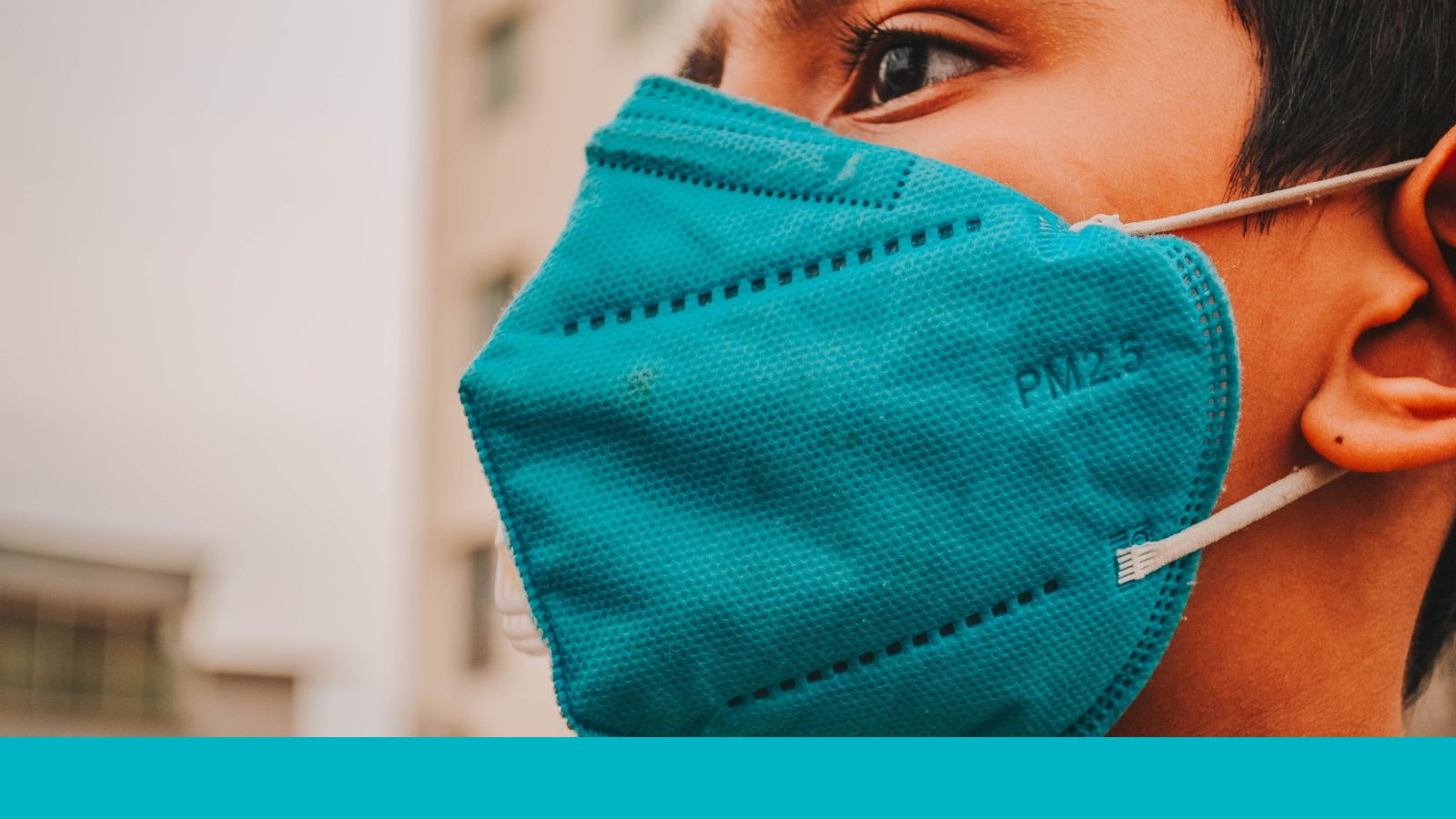On June 27, 2024, the Centers for Disease Control and Prevention (CDC) released updated COVID-19 vaccine recommendations for the 2024-25 fall and winter respiratory illness season. Communicating about COVID-19 can help your community understand and learn more about recommended vaccines this fall.
COVID-19 Topline Messages
When should I get an updated 2024-25 COVID-19 vaccine?
- If you have not had a COVID-19 infection or vaccine since last fall, you should get an updated COVID-19 vaccine as soon as it is available to you.
- If you recently had COVID-19, you may consider waiting three months to get your updated vaccine.
- If you currently have COVID-19, you should wait until you’ve recovered and then up to three months to get your updated vaccine. If it’s not possible to stay home, take other precautions to prevent the spread.
If you have questions about when to get an updated COVID-19 vaccine, speak with a healthcare professional or pharmacist.
Is the COVID-19 vaccine effective?
Since 2020, more than 200 million people in the U.S. have safely received at least one COVID-19 vaccine. COVID-19 vaccines remain the most effective way to protect people from getting seriously ill, being hospitalized, and dying from COVID-19. People who stay up to date with their vaccines are best protected from the impacts of COVID-19.
What are the latest COVID-19 recommendations?
Everyone age 6 months and older should get the updated vaccine.
People who have previously received a COVID-19 vaccine should get the following doses of the 2024-25 COVID-19 vaccines to be considered up to date:
- Children age 6 months to 4 years should receive all recommended doses, including at least one dose of an updated COVID-19 vaccine.
- Children age 5 to 11 years should receive one dose of the 2024–25 Moderna COVID-19 vaccine OR 2024–25 Pfizer-BioNTech COVID-19 vaccine. Children under 12 years can NOT get the Novavax COVID-19 vaccine.
- People age 12 years and older should receive one dose of the 2024–25 Moderna COVID-19 vaccine OR 2024–25 Pfizer-BioNTech COVID-19 vaccine OR 2024-25 Novavax COVID-19 vaccine. People age 12 years and older who have never been vaccinated and choose to get the Novavax vaccine need two doses to be up to date.
- People age 65 years and older and those who are moderately or severely immunocompromised should receive a second dose of the 2024-25 COVID-19 vaccine six months after their first updated dose.
People who have never received a COVID-19 vaccine should get the following doses of the 2024-25 COVID-19 vaccines to be considered up to date:
- Children age 6 months to 4 years should get two or three doses of the updated COVID-19 vaccine. The number of doses depends on which vaccine they receive.
- Children age 5 years to 11 years who are unvaccinated or received a COVID-19 vaccine before September 12, 2023, should get one updated Pfizer-BioNTech or Moderna COVID-19 vaccine.
- People age 12 years and older should get either:
- 1 dose of the updated Pfizer BioNTech vaccine
- 1 dose of the updated Moderna vaccine
- 2 doses of the updated Novavax vaccine between 3-8 weeks apart
- People age 65 years and older who have not received any COVID-19 vaccine doses and choose to get Novavax should get two doses of the updated Novavax vaccine, followed by one additional dose of any updated 2024–2025 COVID-19 vaccine.
People age 65 years and older and those who are moderately or severely immunocompromised should also receive an additional dose of the 2024-25 COVID-19 vaccine six months after their first dose or second dose, depending on the type of updated vaccine they select.
COVID-19 Supporting Messages
Does insurance cover the COVID-19 vaccine? What if a person does not have insurance?
For most adults and children who HAVE insurance, their annual COVID-19 vaccine should be free.
For adults and children who do NOT HAVE insurance, there are free or very low-cost COVID-19 vaccine options available. People should talk to a local pharmacist or their healthcare professional about their options.
Can the updated 2024-25 flu and COVID-19 vaccines be taken on the same day?
Yes. Both the flu and COVID-19 vaccines can be administered on the same visit.
How was the COVID-19 vaccine created?
As with all vaccines administered to the public, the COVID-19 vaccines have successfully proceeded through the following steps for approval:
- Lab development
- Three phases of clinical trials
- Assessment of clinical trial results by the U.S. Food and Drug Administration (FDA)
- Development and approval of vaccine recommendations through the Advisory Committee on Immunization Practices (ACIP) and CDC
Since the vaccines have been distributed, many systems continue to monitor and track outcomes from COVID-19 vaccines to ensure their safety and effectiveness.
How to Communicate about COVID-19 Vaccinations
Here are some suggestions and questions to consider when communicating about the updated 2024-25 COVID-19 vaccines.
Understand your audience.
The more specific you can get about your audience, the more effective you can be in providing useful, relevant information. Answer the following:
- Which demographics have the highest or lowest COVID-19 vaccination rates? What messages and/or support do they need?
- What do I know about my community’s feelings about COVID-19? How have perceptions changed over the last four years as the pandemic has evolved and/or in relation to other public health issues?
- Where can I effectively communicate the various ways my community can protect themselves and others from COVID-19
Encourage people to make informed choices.
By engaging without dictating, you can build trust in your community and increase their willingness to act on your message. Consider:
- Suggest your community members seek guidance from their local health departments and healthcare professionals.
- Gathering and sharing multiple and diverse trusted resources so people can find guidance that resonates with them.
- Balancing positive, encouraging language with realistic, scientific language to clearly communicate the effectiveness of vaccines in preventing severe illness.
- Using consistent language. Vaccine, inoculation, and immunization have similar meanings. Select one to use throughout your communications.
Showcase the scientific rigor behind COVID-19 vaccines.
In general, concerns about vaccines are often rooted in fear of the unknown and widely circulated misinformation about the approval process for vaccines. Discuss the details of COVID-19 vaccine development to bust myths while addressing FAQs. Consider:
- Sharing resources about how COVID-19 vaccines were developed from research to distribution.
- Creating plain language and visually interesting illustrations of clinical trial reports, vaccine success, or other data that supports vaccines.
- Creating resources specifically for different age groups (e.g., older adults, college students, or parents with children of specific age groups) to explain what makes the vaccine safe.
Highlight the COVID-19 vaccine’s ability to reduce disease spread and serious illness.
Share plain language information on the safety and effectiveness of COVID-19 vaccines. Consider:
- Communicating about how COVID-19 vaccines have reduced death and severe illness since they became available.
- Using social infographics that educate followers about the COVID-19 vaccine’s benefits (for example: graphics for each age group on how to stay up-to-date on COVID-19 vaccines).
- Highlighting personal stories of vaccines— including but not limited to COVID-19—that have impacted your community’s health.
Read our Communicating More Effectively About Vaccines guide for additional messaging guidance on this topic. You can also read our Plain Language for Public Health Checklist and Bridging Statements Guide for more tips on sharing effective, relevant, and accessible communications.
Additional COVID-19 Resources
For additional information about 2024-2025 COVID-19 vaccines, visit:
Updated November 8, 2024



